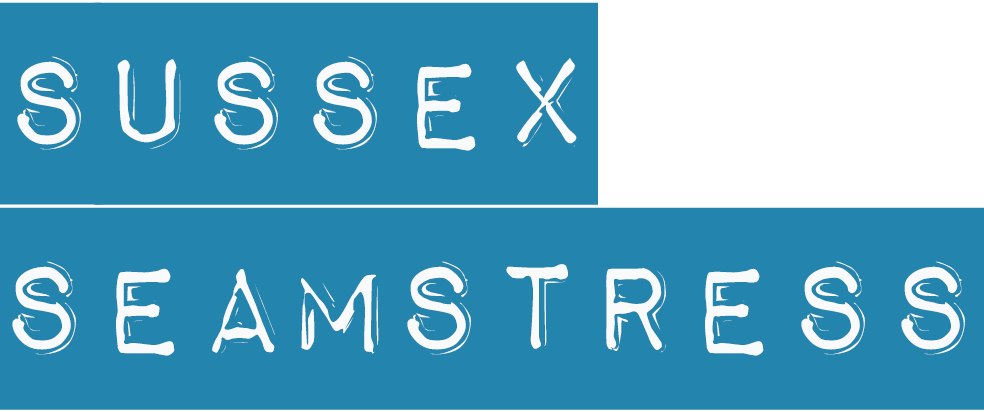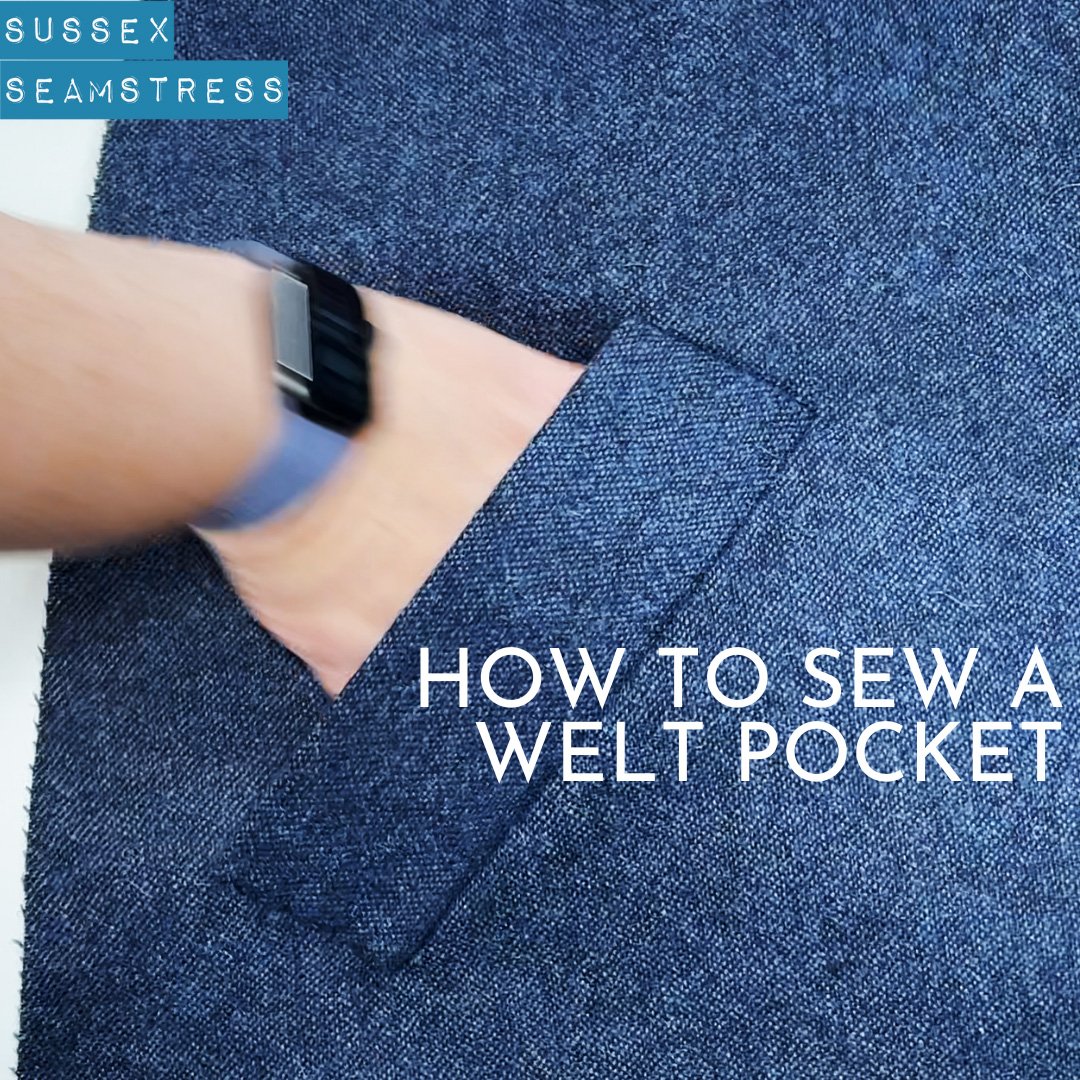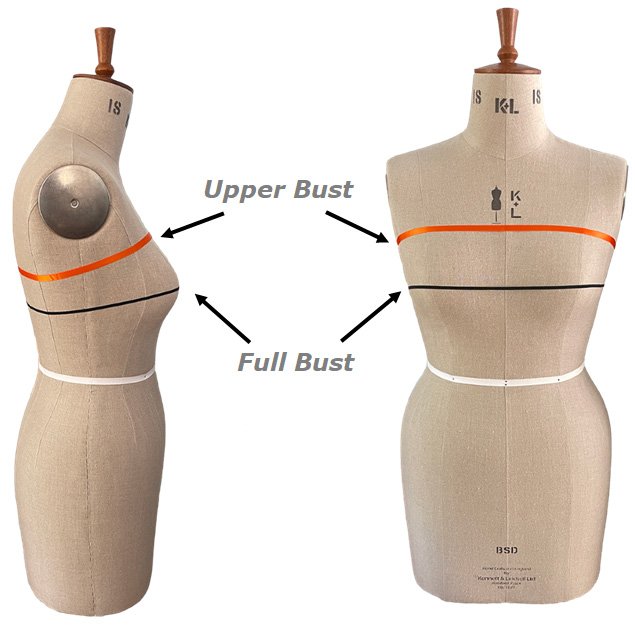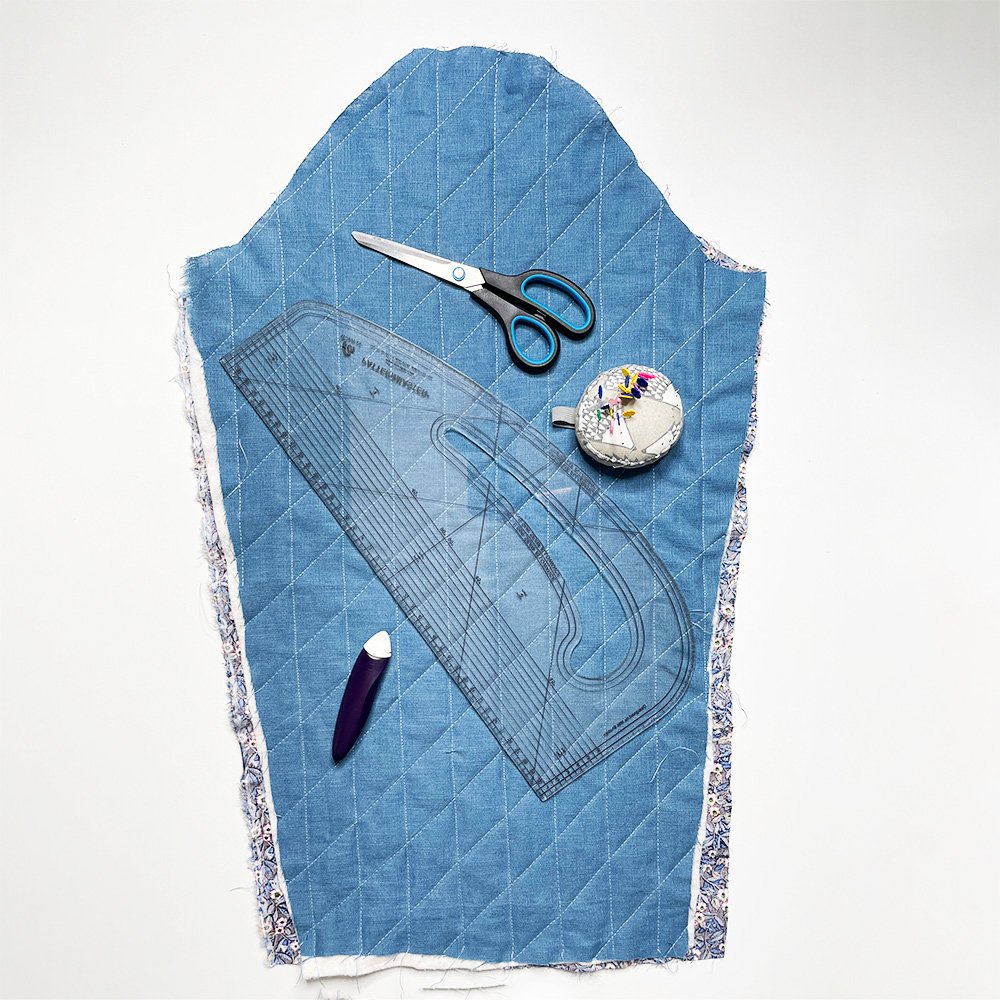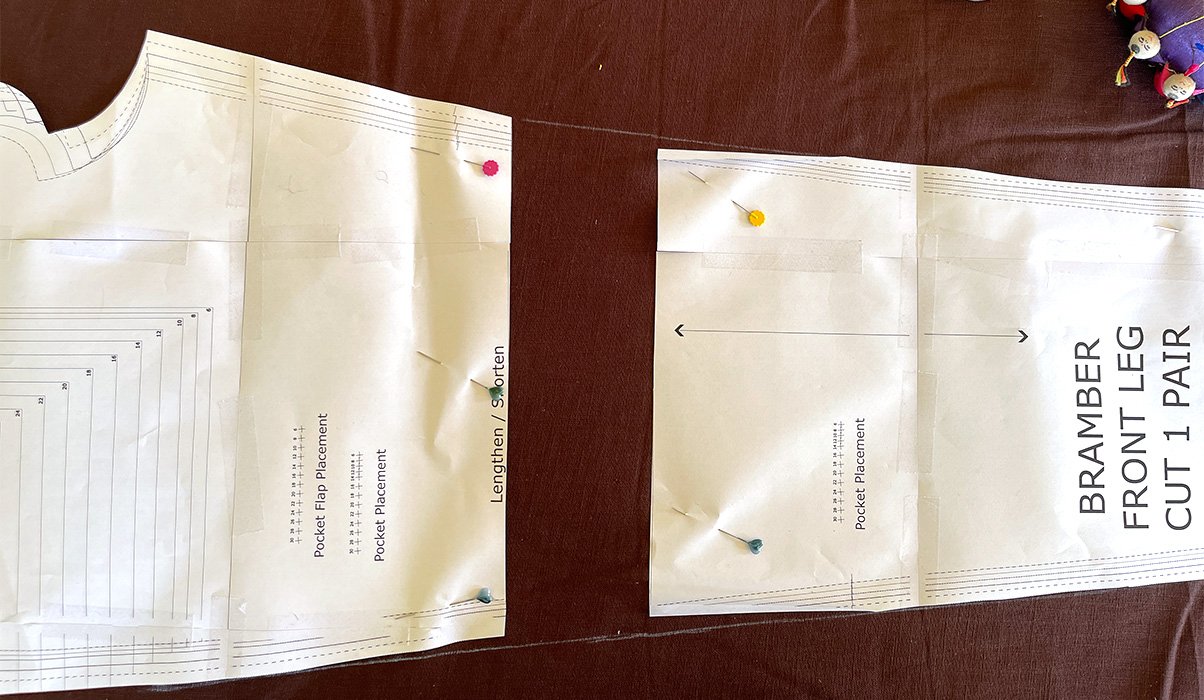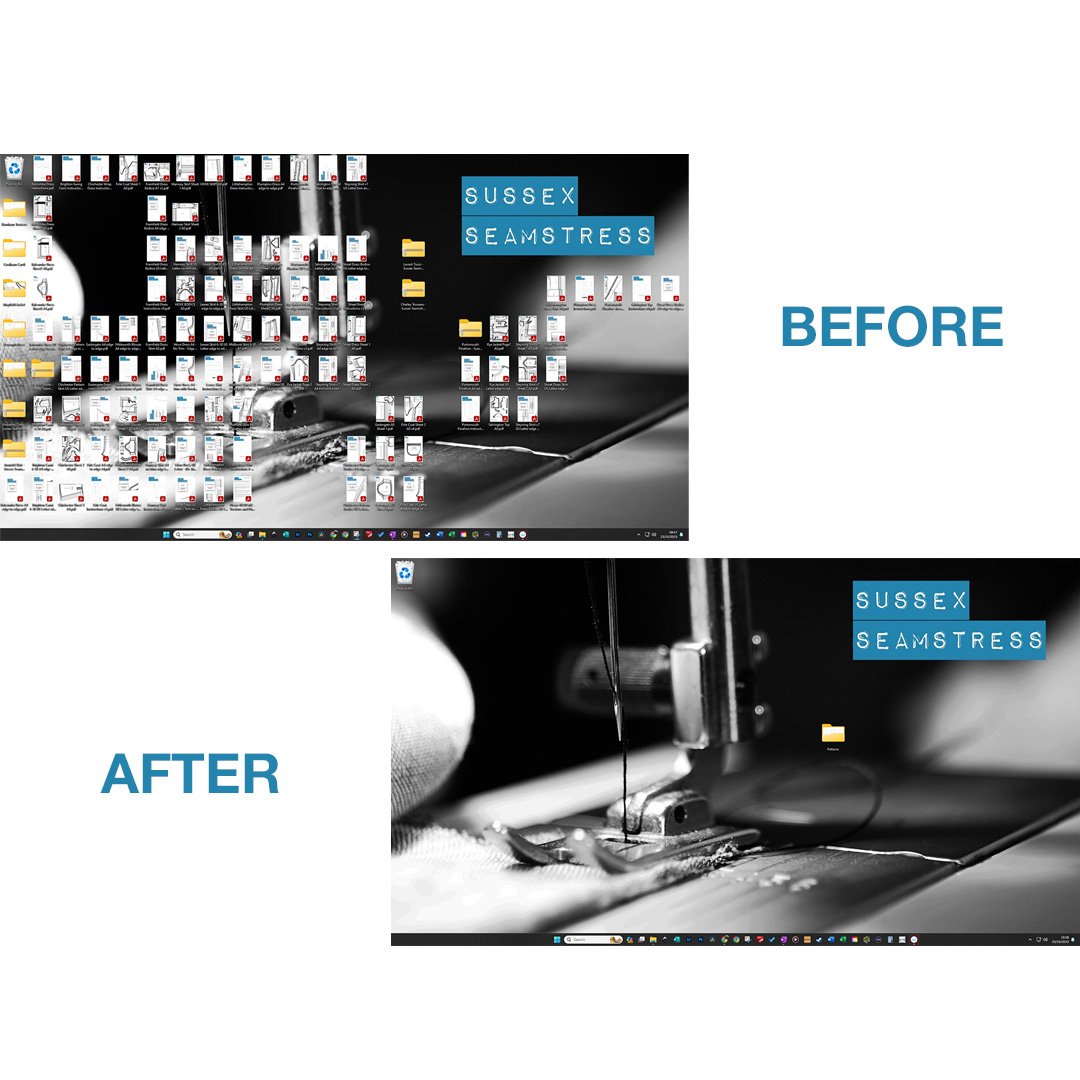Basic Stitch Types and Their Uses
Look at any modern sewing machine and you’ll usually find a long list of stitch types. In fact, a key selling point of many machines is how many different stitch types they have. Often, a lot of these stitches are decorative, alternatives to common stitches or have niche uses. My machine can do stitches that look like cats! Fun, but let’s face it, I probably won’t use it on an actual project.
Below I’ve selected a short list of the stitch types that I personally use most often, so if you don’t know where to start with the plethora of stitches your machine offers, read on...
Straight Stitch
A Straight stitch
This is the most basic stitch and is used to construct all woven items. You’ll need to increase or decrease stitch length depending on fabric type and weight. Use on the longest stitch length for gathering. (See my post on needle types for tips on which needles to use with different fabrics).
Zig-Zag and Overcasting Stitches
Zig-Zag stitch (left) and Overcasting stitch (right)
The zig zag stitch is the one I recommend for finishing off raw seam edges if you don’t have an overlocker (aka a Serger). As you can see from the example above it does a pretty good job of neatening on a mid-weight, densely woven fabric. It works on lighter, finer fabrics too, but you’ll need to shorten your stitch length and widen your stitch a little more for those.
Zig Zag stitch is also great for appliqué. Making the stitch as short as possible ensures the raw edge of the fabric shape you’re about to appliqué is enclosed in stitching.
The overcasting stitch is great for stitching and finishing all in one go. You’ll need to trim your seam allowance down to use this one. Use it when you don’t need to press seams open. I like to use it on lace or net where you want a fine seam that doesn’t show through the garment too much. Slightly quicker to do than a French seam too. I used this a lot on souffle (a very light, sheer, warp fabric), which is commonly used in ballet costume bodices and sleeves.
Multiple Zig-Zag (Tricot) Stitch
Multiple Zig-Zag or Tricot stitches
A multiple Zig-Zag on elastic
These two stitches are my go-to for attaching elastic. They both do the same job so it comes down to preference (or which one you have on your machine!). I used this zigzag on the Alfriston dress waist elastic.
Lightning or Knit Stitch
A Lightning or Knit stitch
This is a narrow stretch stitch. It helps eliminate puckering on knit fabrics and seams cut on the bias. Another one that’s useful for sewing fine knits which also allows for the seam to be pressed open.
So, these are my most commonly used stitch types, I hope you found it helpful.
Sussex Seamstress is an independent pattern maker, based in Sussex, UK.
While you’re here, why not take a look at my range of sewing patterns for women?
